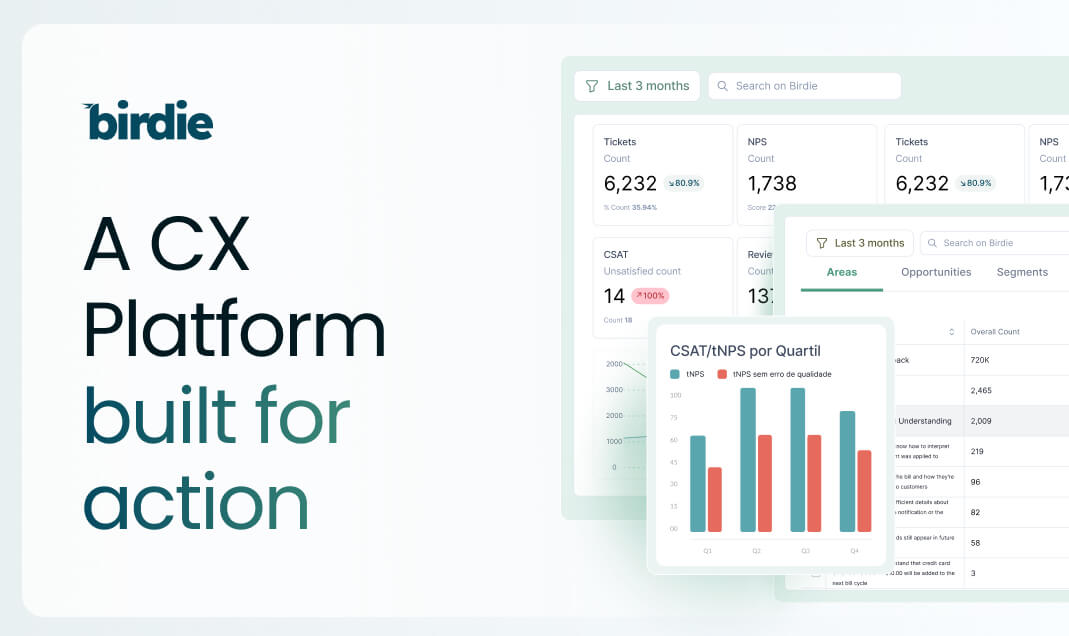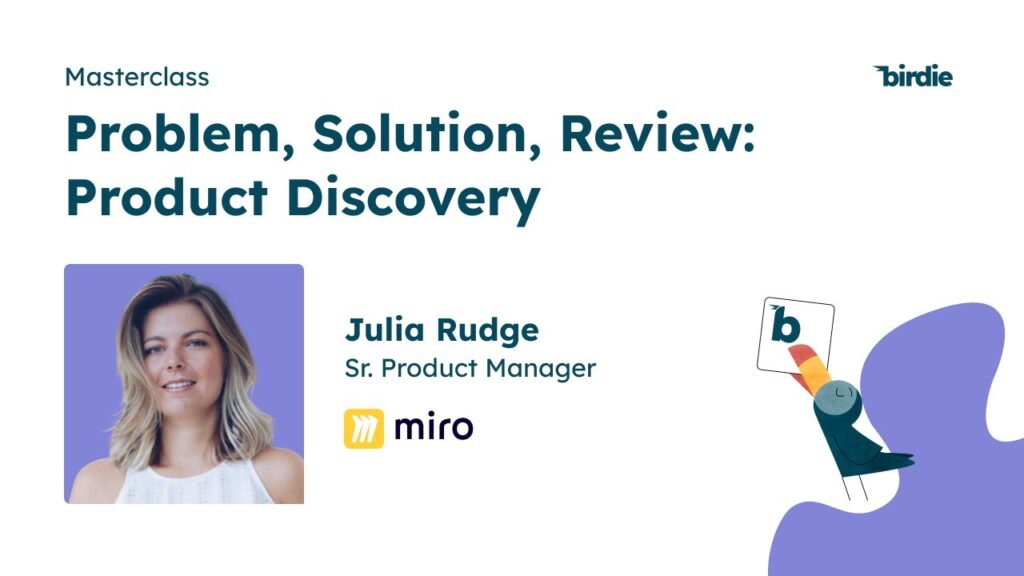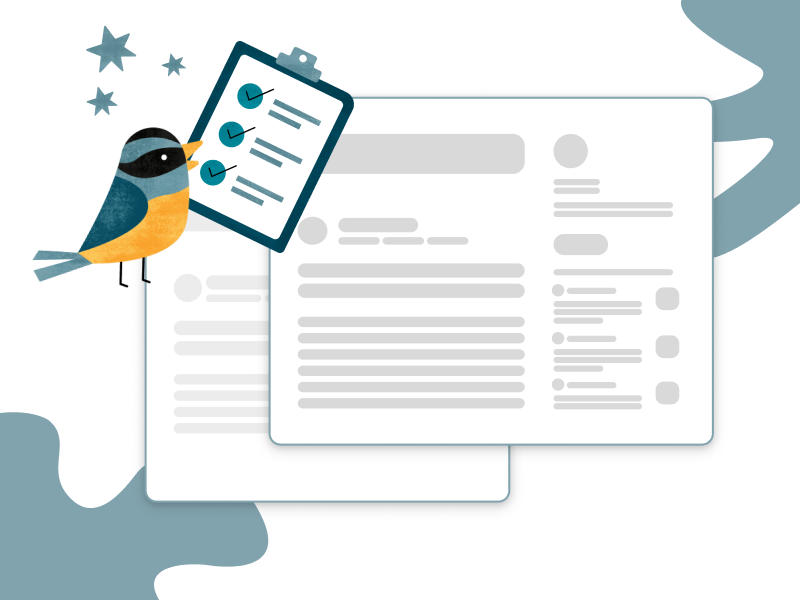

Pat Osorio
Co-founder and CRO of Birdie
Pat Osorio is the co-founder and CRO of Birdie and a serial entrepreneur with experience in Marketing, Business Development, and Sales. She was also nominated as one of the 2021 top female investors in Latin America by LAVCA and is an advocate for Female and LGBTQI+ Entrepreneurship.

Get started
Unlock the power of customer feedback with our AI-powered Feedback Analytics Platform
Get started







